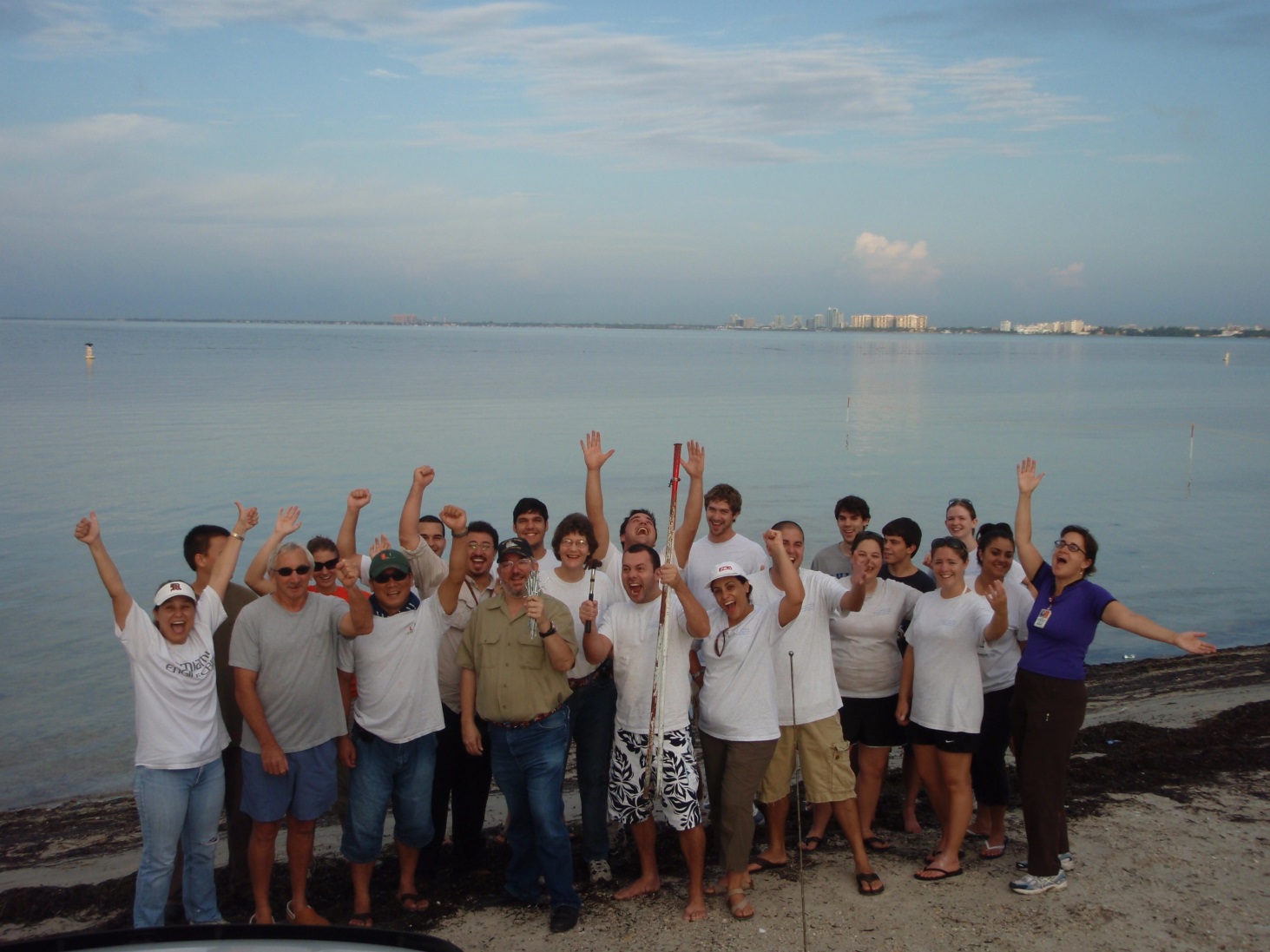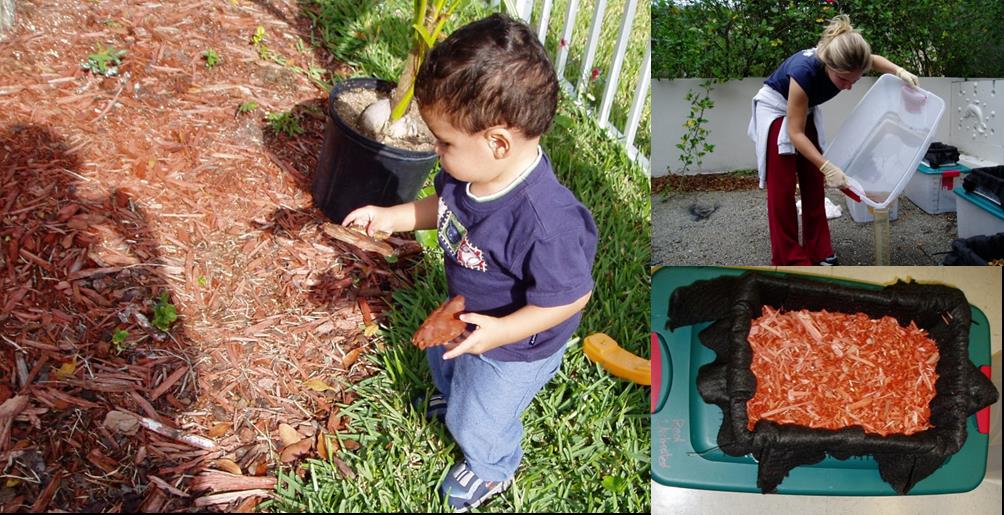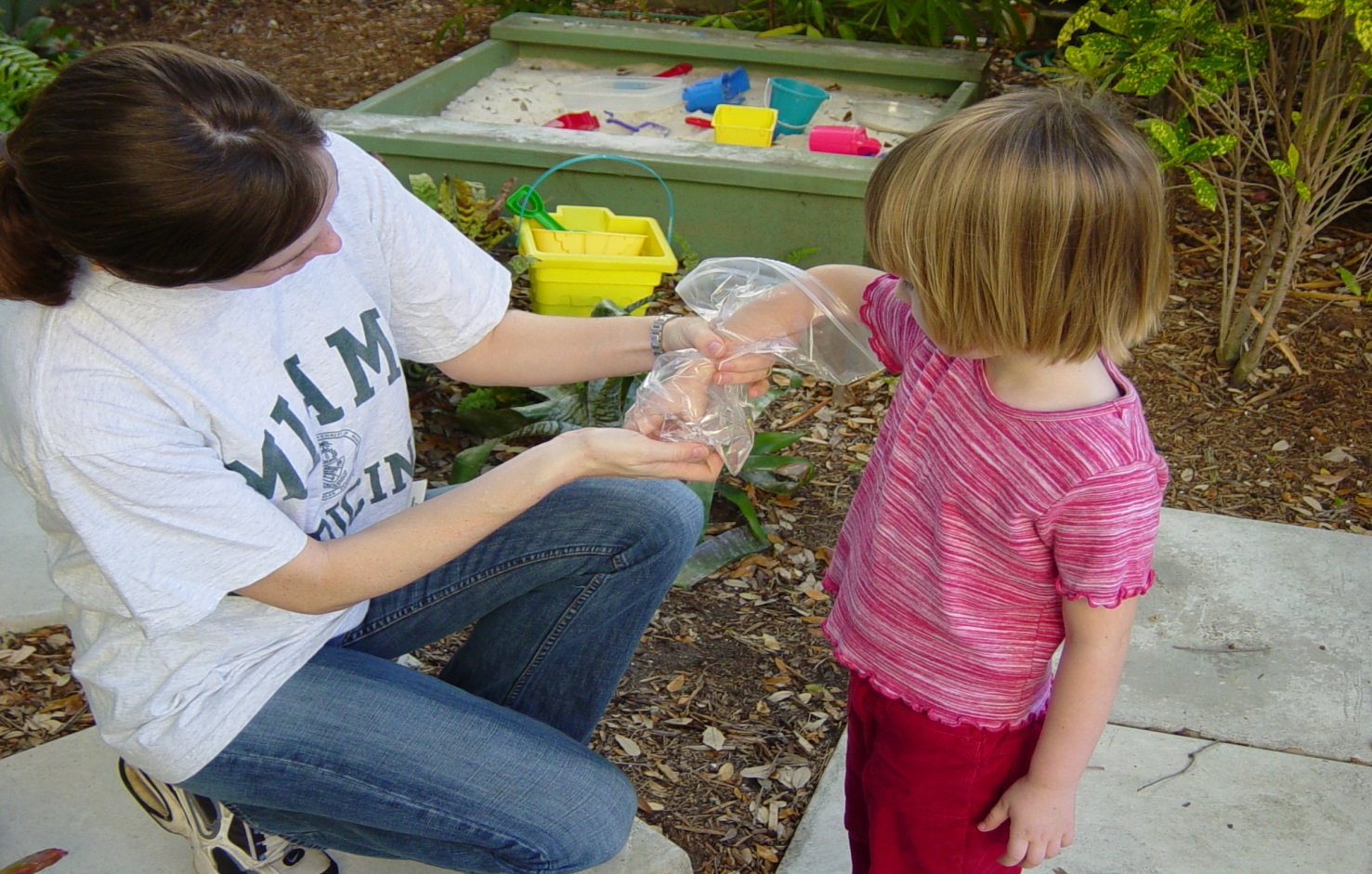The common thread of my research activities focus on evaluating links between human health and the environment. My academic expertise is in contaminant transport and so I focus on tracking contaminants. In my research I typically collaborate with epidemiologists and other health experts who document corresponding human health impacts from the contaminants.
I broadly separate my research into studies that focus on a particular environment, such as beaches, landfills, and wastewater sewers. Within these environments we then focus on a particular contaminant, such as microbes or specific chemicals.
Beach-Focused Research
Much of my research has focused on beach environments. My specific efforts in Oceans and Human Health have focused on evaluating the interface between water and beach sands and risks associated with microbes and chemicals within this zone. Most recently we completed a study focused on evaluating risks to children who play at oil impacted beaches through the Beach Exposure and Child HEalth Study (BEACHES). We also recently completed a study evaluating the impacts of the pesticide naled in beach environments. This chemical was sprayed aerially to combat the mosquito that causes Zika. I currently have active projects focusing on assessing microbes at beaches, including a study focused on assessing sources of enterococci to nearshore beach waters (including assessments of seaweed and sands) and another study focused on the transfer of microbes from the sea surface to the air.
Landfills and Solid Waste Research
My focus on landfills and solid waste have focused on two specific sets of chemicals. They include research focused on the impacts of Treated Wood, in particular wood treated with a preservative called chromated copper arsenate (CCA). The second category of chemical, which is the topic of my active research, are the per- and polyfluoroalkyl substances (PFAS) in landfill leachates.
Wastewater-Based Epidemiology
Most recently, given the COVID-19 pandemic, my research has emphasized measurements of the RNA of SARS-CoV-2 in wastewater sewage. We have developed a wastewater surveillance program for my home University, in collaboration with many at my home University, aimed at providing data to identify populations that carry SARS-CoV-2.
Unifying Themes
I am particularly interested in evaluating environments that attract children, such as beaches (which relates to my work in Oceans and Human Health) and playgrounds (which relates to my work with pressure treated wood). Currently I, along with my colleague Dr. Alesia Ferguson, worked on a Special Issue for the International Journal of Environmental Research and Public Health, entitled, “Children’s Exposure to Environmental Contaminants.”

Dr. Tomoyuki Shibata collecting a wipe sample to simulate uptake of surface contaminants on hands during child play activities.

Celebration on the last day of the epidemiologic study focused on assessing the relationship between health and exposure to beach water during swimming activities.

Dr. Tomoyuki Shibata after processing a urine sample from diaper insert after child play on treated wood playgrounds.

Caitlin Feikle at far right processing samples for mulch analysis coupled with an image of child play behavior in the vicinity of mulch.

Wendy Stephan collecting hand rinse samples from child after play to evaluate amount of arsenic on child’s hand.
I have also historically worked on research focused on the Hydrology of the Everglades, the major source of drinking water to Miami-Dade County.

